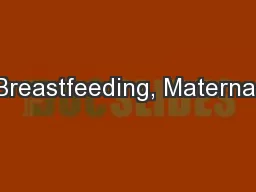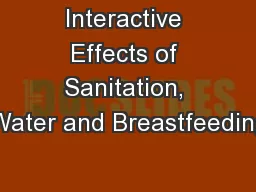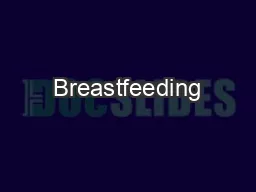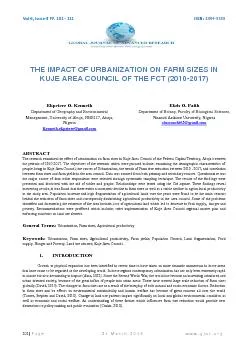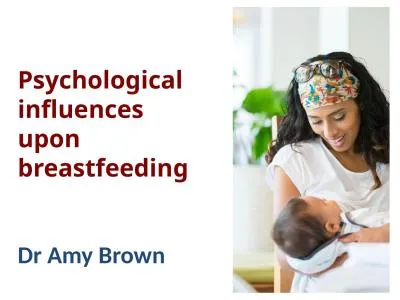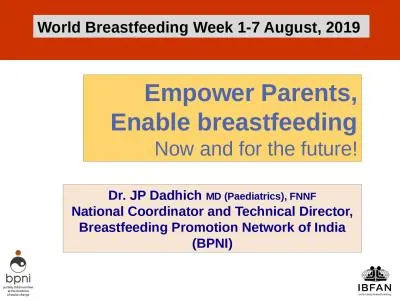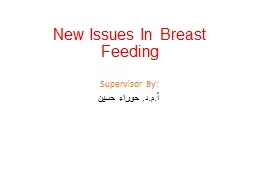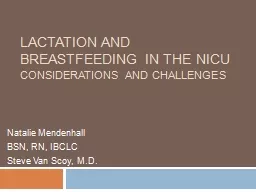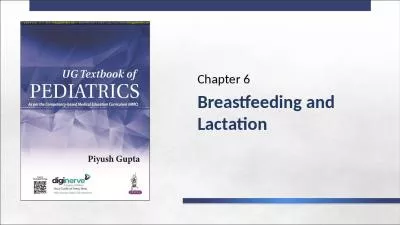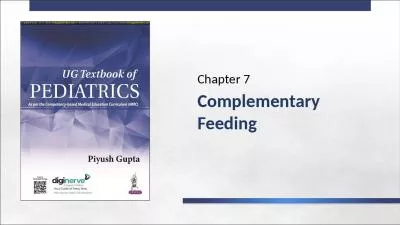PPT-BREASTFEEDING AND COMPLEMENTARY FEEDING PRACTICES OF CAREGIVERS OF UNDER-FIVE CHILDREN
Author : markes | Published Date : 2020-08-28
Okoro CE 1 Owolabi OA 2 James DB 3 Mbewe AL 4 Maduforo AN 5 1 Nutrition Section Federal Capital Territory Primary Health Care Board Abuja Nigeria 2 3
Presentation Embed Code
Download Presentation
Download Presentation The PPT/PDF document "BREASTFEEDING AND COMPLEMENTARY FEEDING ..." is the property of its rightful owner. Permission is granted to download and print the materials on this website for personal, non-commercial use only, and to display it on your personal computer provided you do not modify the materials and that you retain all copyright notices contained in the materials. By downloading content from our website, you accept the terms of this agreement.
BREASTFEEDING AND COMPLEMENTARY FEEDING PRACTICES OF CAREGIVERS OF UNDER-FIVE CHILDREN: Transcript
Download Rules Of Document
"BREASTFEEDING AND COMPLEMENTARY FEEDING PRACTICES OF CAREGIVERS OF UNDER-FIVE CHILDREN"The content belongs to its owner. You may download and print it for personal use, without modification, and keep all copyright notices. By downloading, you agree to these terms.
Related Documents


